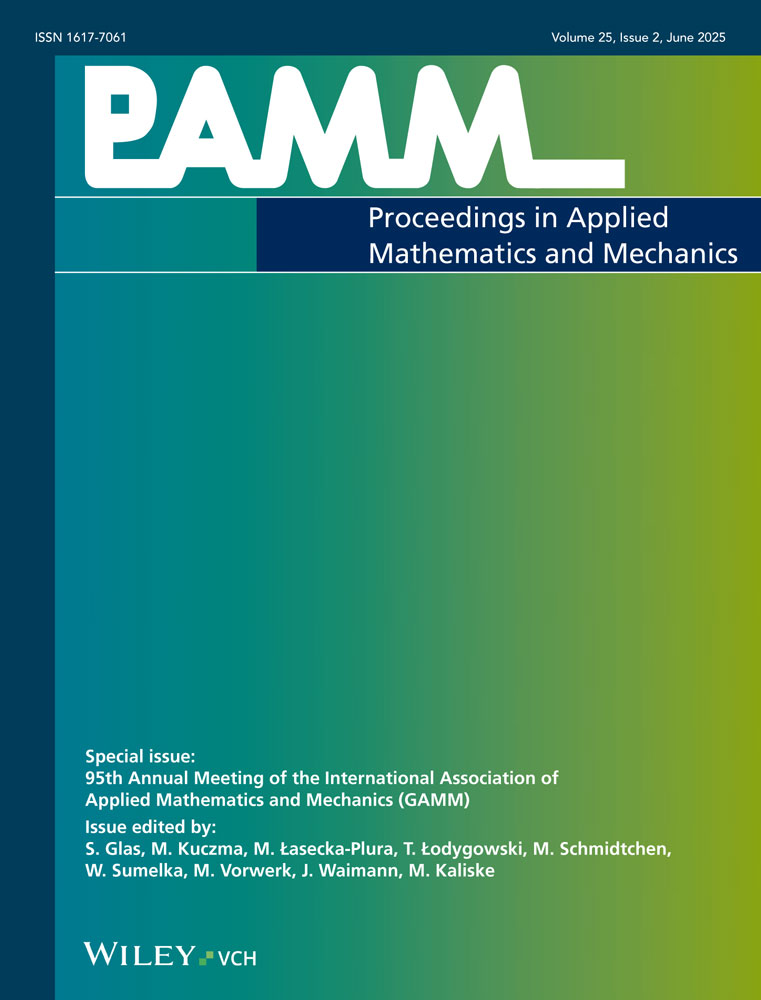Flow-induced anisotropic viscosity in short fiber reinforced polymers
Abstract
The commonly used flow models for fiber reinforced polymers often neglect the flow induced mechanical anisotropy of the suspension. With an increasing fiber volume fraction, this plays, however, an important role. There are some models which count on this effect, they are, however, phenomenological and require a fitted model parameter. In this paper, a micromechanically based constitutive law is proposed which considers the flow induced anisotropic viscosity of the fiber suspension. The introduced viscosity tensor can handle arbitrary anisotropy of the fluid-fiber mixture depending on the actual fiber orientation distribution. A homogenization method for unidirectional structures in contribution with orientation averaging is used to determine the effective viscosity tensor. The motion of rigid ellipsoidal fibers induced by the flow of the matrix material is described by Jeffery's equation. A numerical implementation of the introduced model is applied to representative flow modes. The calculated stress values are analyzed in transient and stationary flow cases. They show a less pronounced anisotropic viscous behaviour in every investigated case compared to the results obtained by the use of the Dinh-Armstrong constitutive law. The reason for the qualitative difference is that the presented model depends on the complete orientation information, while the other one is linear in the fourth-order fiber orientation tensor. (© 2016 Wiley-VCH Verlag GmbH & Co. KGaA, Weinheim)




